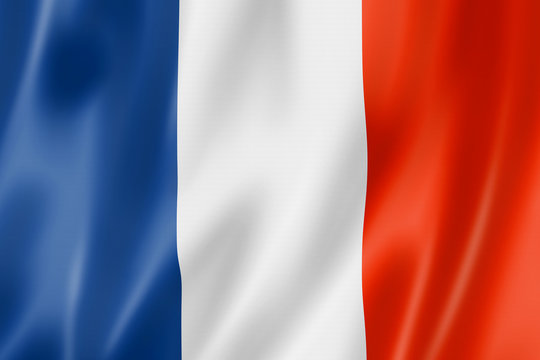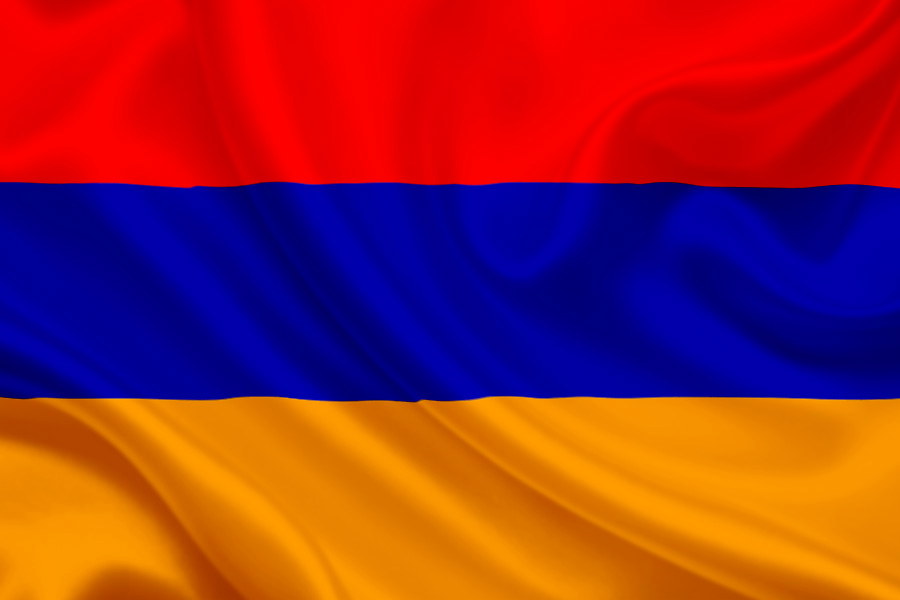The French-Armenian collaboration in astronomy dates back to 1960-1970-s (V. A. Ambartsumian, D. Chalonge, J.-C. Pecker, G. Courtes, L. V. Mirzoyan, V. S. Oskanian, et al.). Interestingly, several famous astronomers of Armenian origin worked in France: Agop Terzan, Zadig Mouradian, Ralph (Ara) Krikorian, Georges Alecian, et al, though some of them were born in other countries. In the database of Armenian astronomers there are 14 scientists living and working in France. A more intimate cooperation between French and Armenian astronomers was established in 1994 with the program PICS renewed afterwards as the program JUMELAGE. Daniel Kunth and Artashes Petrosian were the coordinators of this collaboration. This successful cooperation was funded for 10 years (1994-2003). As a result, some 100 papers were published in various journals and Proceedings of international meetings. French-Armenian colloquium was held in 1995 in Byurakan, Armenia, where 19 French astronomers participated. Many famous French scientists were involved in this collaboration, including Philippe Véron, Daniel Kunth, Georges Comte, Brigitte Rocca-Volmerange, et al. PICS and JUMELAGE significantly activated the science in Byurakan, which was in a very heavy situation after the disintegration of the Soviet Union. Particularly, the 2.6m telescope re-started operating by the help of French astronomers from Marseille (J. Boulesteix’ team); pointing/guiding system was established, Fabry-Perot interferometer was installed and used for a few years, a focal reducer ByuFOSC and multi-pupil spectrograph VAGR were built. Chances for re-aluminization of the 2.6m mirror appeared.
Later on, in 2007, new PICS started for 3 more years. Georges Alecian and Arthur Nikoghossian were the coordinators of this new collaboration. The second French-Armenian colloquium was held in 2009, also in Byurakan, Armenia. In addition, several other visits of Armenian astronomers to France (INSU and ANR positions) and joint supervision of Ph.D. students were accomplished. French astronomers regularly participate in meetings held in Byurakan and by support of French scientists the Armenian students have participated in summer schools in Les Houches, Goutelas and elsewhere. In 2005, collaboration between the French and Armenian Virtual Observatories (VO) started which involves several institutions in France and is aimed at creation of VO access for the Digitized First Byurakan Survey (DFBS), as well as several science projects based on the DFBS have been started. Since 2010, CNRS-SCS (Armenian State Committee for Science) Collaborative Project Grants became available and Byurakan astronomers together with their French colleagues have won 5 such projects during 2010-2015. Later on, due to the collaboration with LATMOS, UVSQ, EU Europlanet and Erasmus+ projects were awarded in the fields of VOs and Space Sciences and Technologies (coordinators: Alain Sarkissian and Areg Mickaelian).


COLLABORATION FRANCO-ARMÉNIENNE EN ASTRONOMIE
La collaboration franco-arménienne en astronomie remonte aux années 1960-1970 (V. A. Ambartsumian, D. Chalonge, J.-C. Pecker, G. Courtes, L. V. Mirzoyan, V. S. Oskanian, et al.). Il est intéressant de noter que plusieurs astronomes célèbres d'origine arménienne ont travaillé en France: Agop Terzan, Zadig Mouradian, Ralph (Ara) Krikorian, Georges Alecian, et autres, bien que certains d'entre eux soient nés dans d'autres pays. Dans la base de données des astronomes arméniens figurent 14 scientifiques vivant et travaillant en France. Une coopération plus étroite entre astronomes français et arméniens s'est instaurée en 1994 avec le programme PICS renouvelé par la suite sous le nom de programme JUMELAGE. Daniel Kunth et Artashes Petrosian étaient les coordinateurs de cette collaboration. Cette coopération fructueuse a été financée pendant 10 ans (1994-2003). En conséquence, une centaine d'articles ont été publiés dans diverses revues et actes de réunions internationales. Un colloque franco-arménien s'est tenu en 1995 à Byurakan, en Arménie, auquel ont participé 19 astronomes français. De nombreux scientifiques français célèbres ont été impliqués dans cette collaboration, dont Philippe Véron, Daniel Kunth, Georges Comte, Brigitte Rocca-Volmerange, et al. PICS et JUMELAGE ont considérablement activé la science au Byurakan, qui se trouvait dans une situation très difficile après la désintégration de l'Union Soviétique. En particulier, le télescope de 2,6 m a redémarré avec l'aide d'astronomes français de Marseille (équipe de J. Boulesteix); un système de pointage/guidage a été mis en place, un interféromètre Fabry-Pérot a été installé et utilisé pendant quelques années, un réducteur de focale ByuFOSC et un spectrographe multi-pupilles VAGR ont été construits. Des chances de réaluminisation du miroir de 2,6 m sont apparues.
Plus tard, en 2007, un nouveau PICS a démarré pour 3 ans supplémentaires. Georges Alecian et Arthur Nikoghossian étaient les coordinateurs de cette nouvelle collaboration. Le deuxième colloque franco-arménien s'est tenu en 2009, également à Byurakan, en Arménie. Par ailleurs, plusieurs autres visites d'astronomes arméniens en France (postes INSU et ANR) et cotutelles de thèse. les étudiants étaient accomplis. Les astronomes français participent régulièrement aux réunions organisées à Byurakan et, grâce au soutien des scientifiques français, les étudiants arméniens ont participé à des écoles d'été aux Houches, à Goutelas et ailleurs. En 2005, une collaboration entre les Observatoires virtuels (VO) français et arménien a débuté, impliquant plusieurs institutions en France et visant à la création d'un accès VO pour la Première enquête numérisée de Byurakan (DFBS), ainsi que plusieurs projets scientifiques basés sur le DFBS. été commencé. Depuis 2010, des subventions de projets collaboratifs CNRS-SCS (Comité d'État arménien pour la science) sont devenues disponibles et les astronomes de Byurakan et leurs collègues français ont remporté 5 projets de ce type au cours de la période 2010-2015. Plus tard, grâce à la collaboration avec le LATMOS, des projets UVSQ, EU Europlanet et Erasmus+ ont été récompensés dans les domaines des VO et des sciences et technologies spatiales (coordonnateurs: Alain Sarkissian et Areg Mickaelian).


